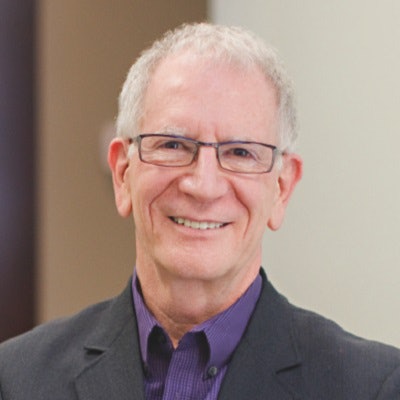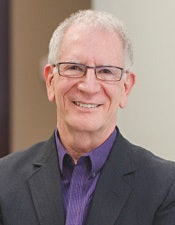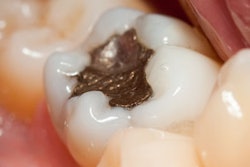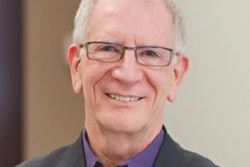
"Mercury in existing dental fillings is no problem."
Can you believe that statement? I heard it from a prominent dental educator.
I was surprised.
Seminar reception
 Alvin Danenberg, DDS.
Alvin Danenberg, DDS.A few weeks ago, I was invited to a social greet-and-meet cocktail hour following a dental seminar I was attending. At the reception, I was introduced to the director of restorative dentistry of a major U.S. dental school. He was an educated, tenured professor. We chatted about all kinds of things. Eventually, the conversation turned to my emphasis on nutrition and how I treat advanced gum disease in my office.
We spoke of toxic substances harming our body and mouth. When the topic came to mercury in existing dental fillings, he said, "Amalgams are controversial. Mercury in existing dental fillings is no problem."
He emphasized that there were no studies that showed mercury being released from old amalgams causing damage to human cells. I couldn't believe what I was hearing. He continued to tell me that dental students at his university were still trained to place mercury amalgams in teeth.
Wow!
The science
The science clearly shows mercury is toxic to the human body, and free mercury vapor is emitted from existing dental amalgams constantly as studies such as this one from Science of the Total Environment (September 2011, Vol. 409:20, pp. 4257-4268) show. Just as lead in the water or in paint is potentially toxic, mercury in dental amalgams sitting in teeth is toxic.
“I didn't know how to reason with this dental educator.”
I didn't know how to reason with this dental educator. He was in a position to know all the science out there. I could only tell him that I have learned so much from published, peer-reviewed studies often by a search on PubMed, which is my go-to source for current knowledge. I then walked away.
My profession is well-trained in the repair of broken and diseased teeth. However, some in my profession are not well-informed of the medical research that has been published in peer-reviewed journals. Highly trained and competent technical dentists need to be onboard with current medical research to provide patients with the best preventive and reparative treatment possible.
The 19th-century humorist Josh Billings put it so clearly.
"It ain't so much the things we don't know that get us into trouble. It's the things we know that just ain't so."
The trouble with people is not that they don't know but that they know so much that ain't so.
A version of this column first ran on Dr. Danenberg's blog. DrBicuspid.com appreciates the opportunity to reprint it. Future columns will address how dentists can serve their patients and their profession.
Alvin Danenberg, DDS, practices at the Bluffton Center for Dentistry in Bluffton, SC. He is also on the faculty of the College of Integrative Medicine and created its integrative periodontal teaching module. He also spent two years as chief of periodontics at Charleston Air Force Base earlier in his career. His website is drdanenberg.com.
The comments and observations expressed herein do not necessarily reflect the opinions of DrBicuspid.com, nor should they be construed as an endorsement or admonishment of any particular idea, vendor, or organization.



















